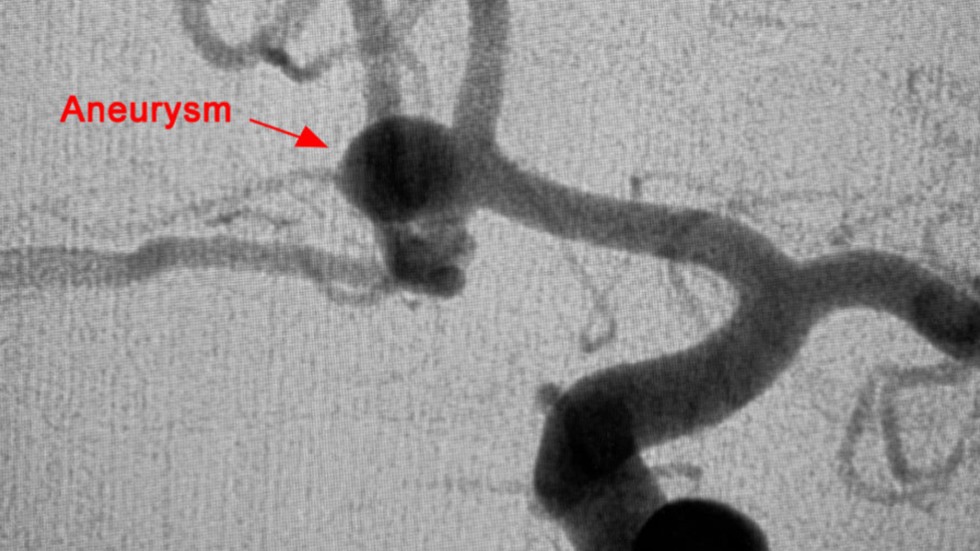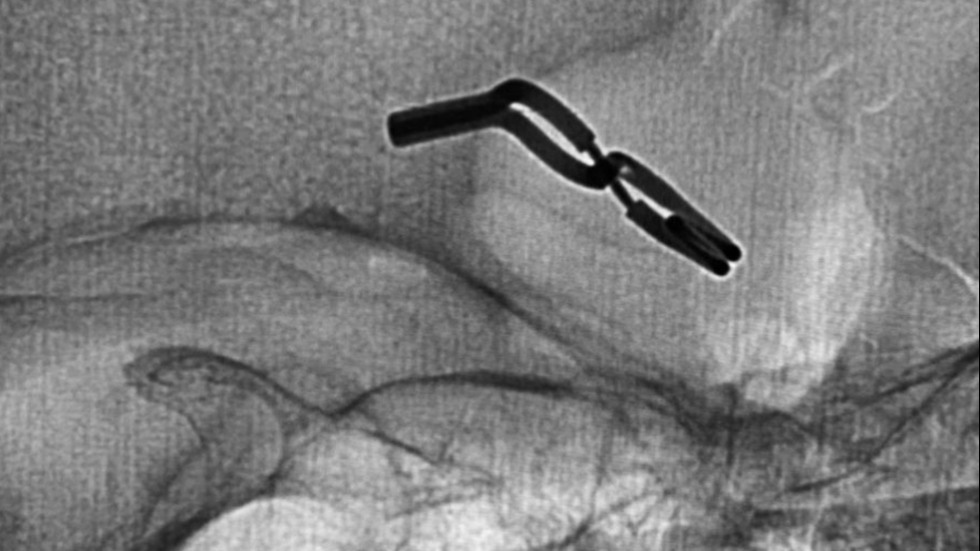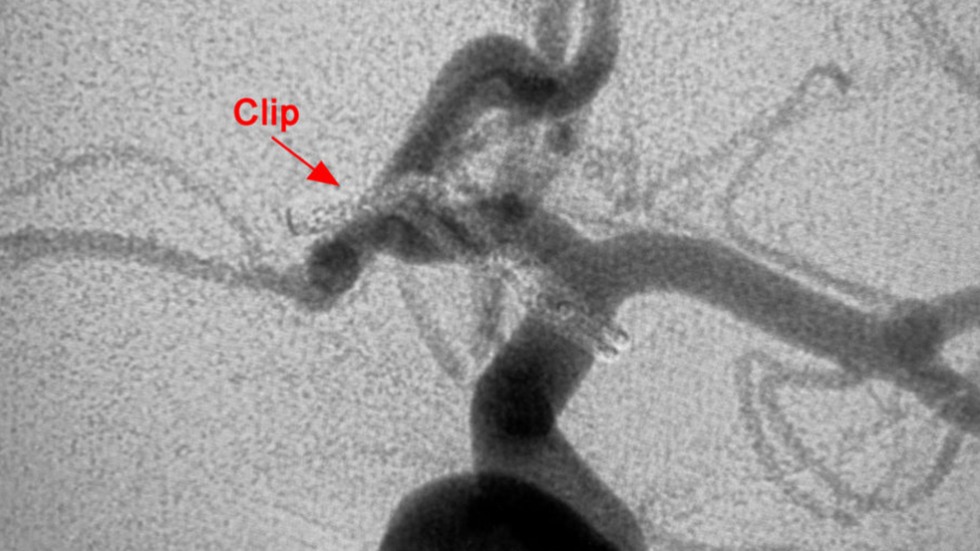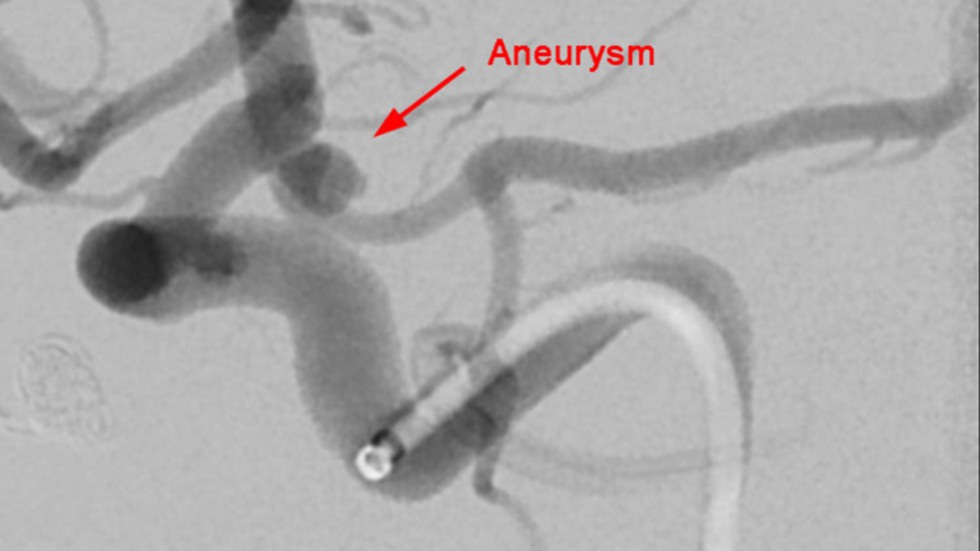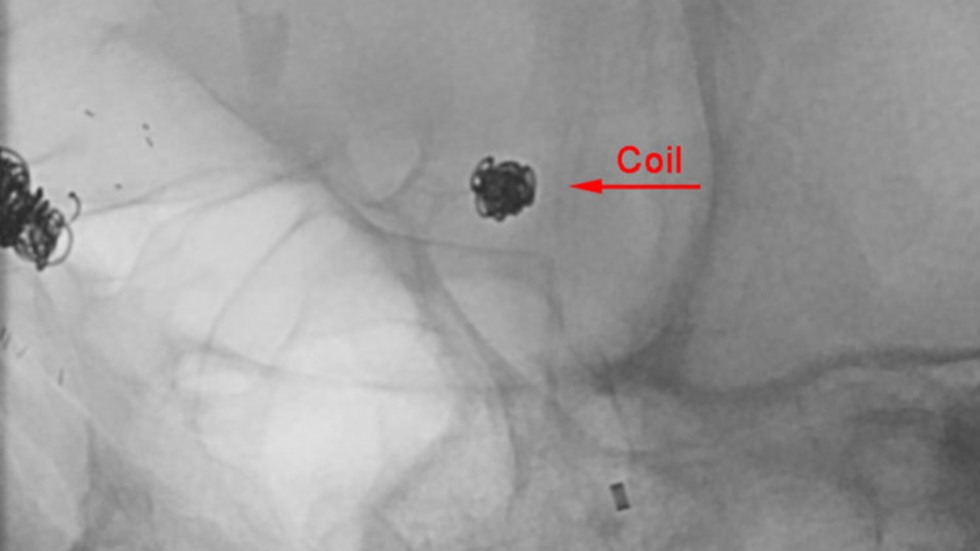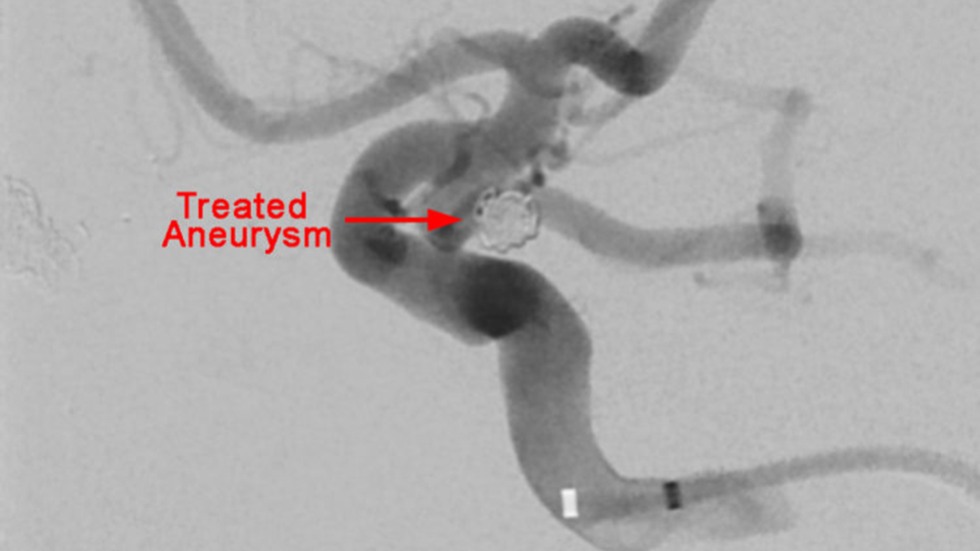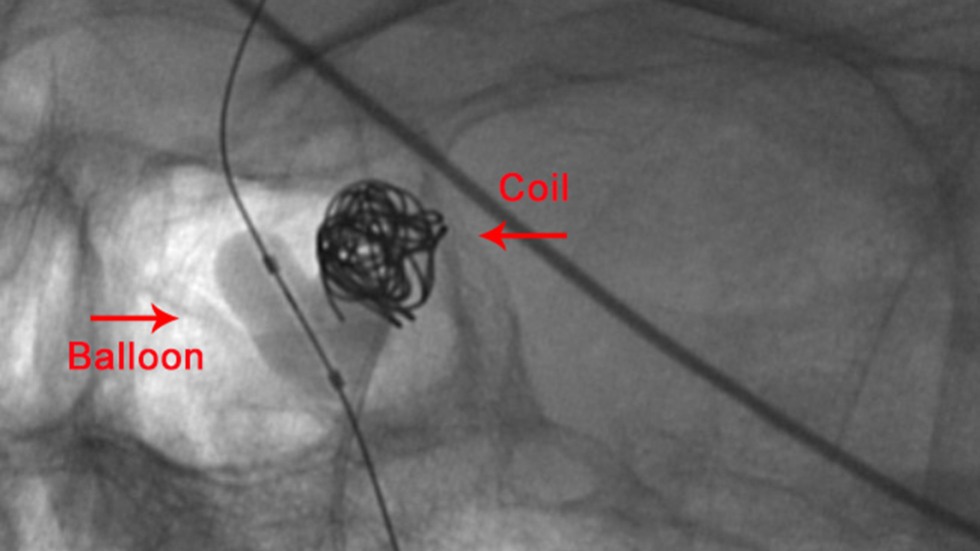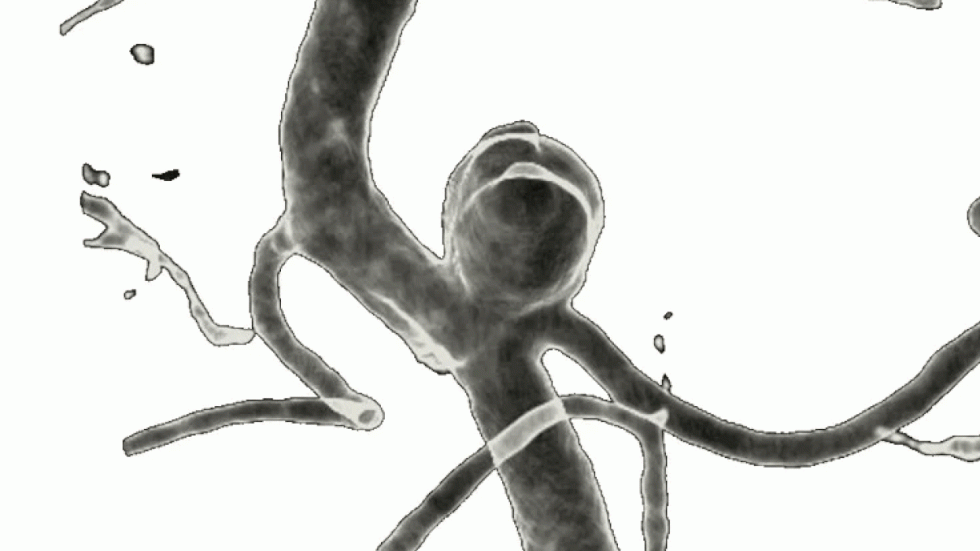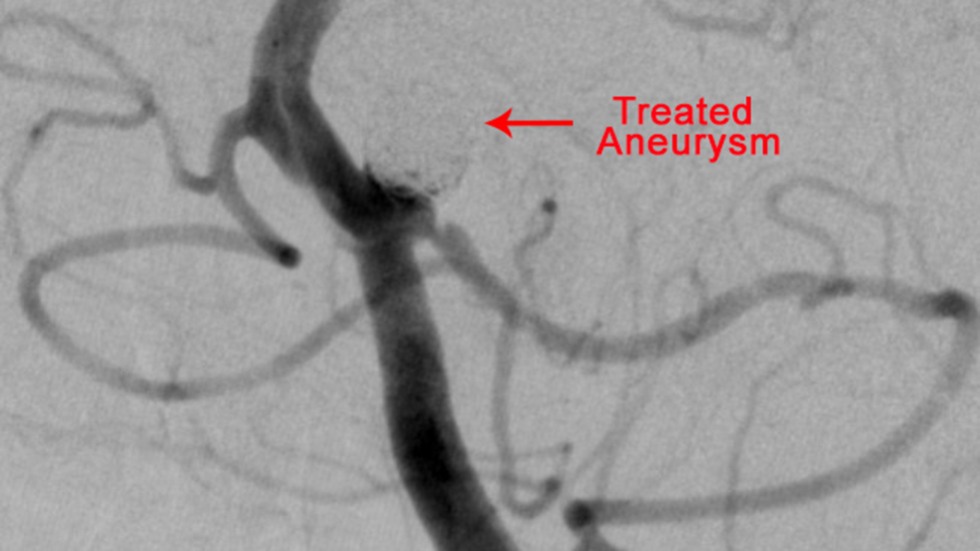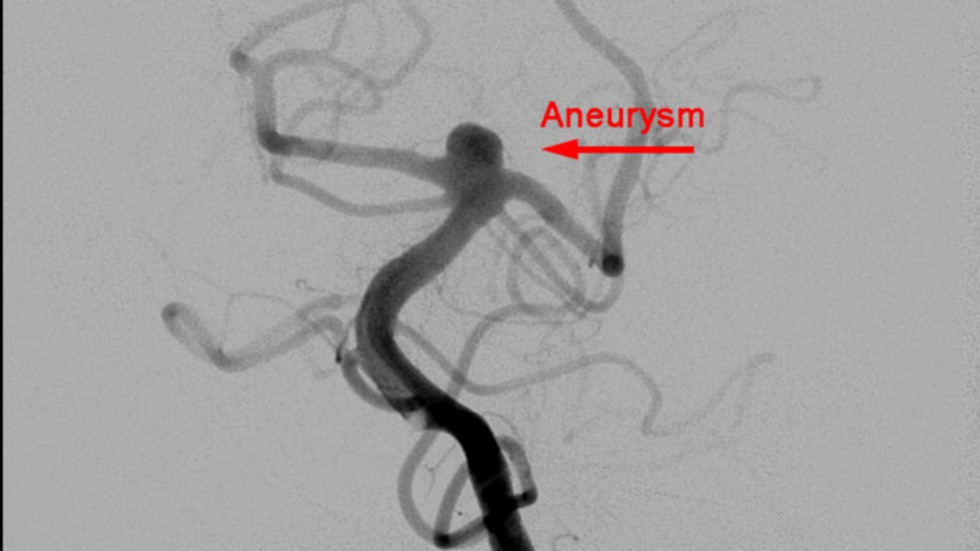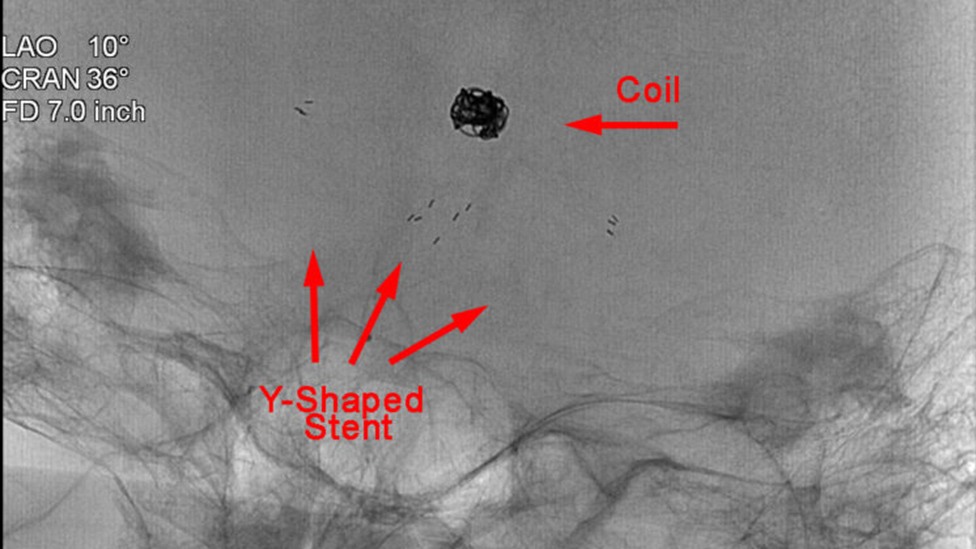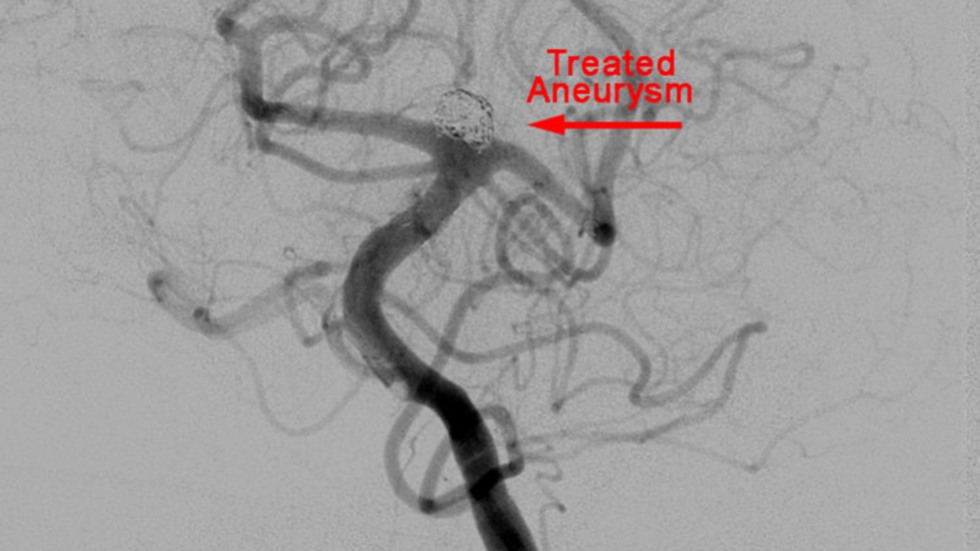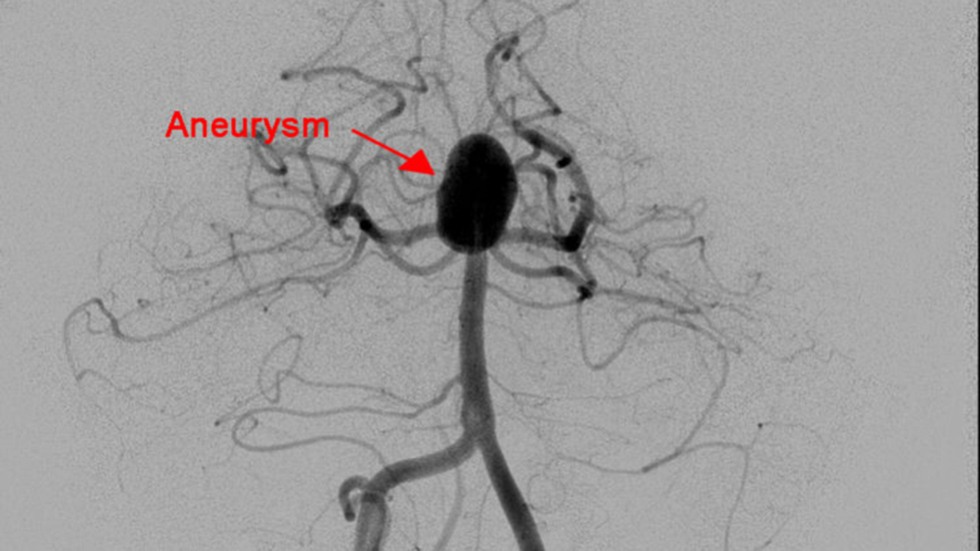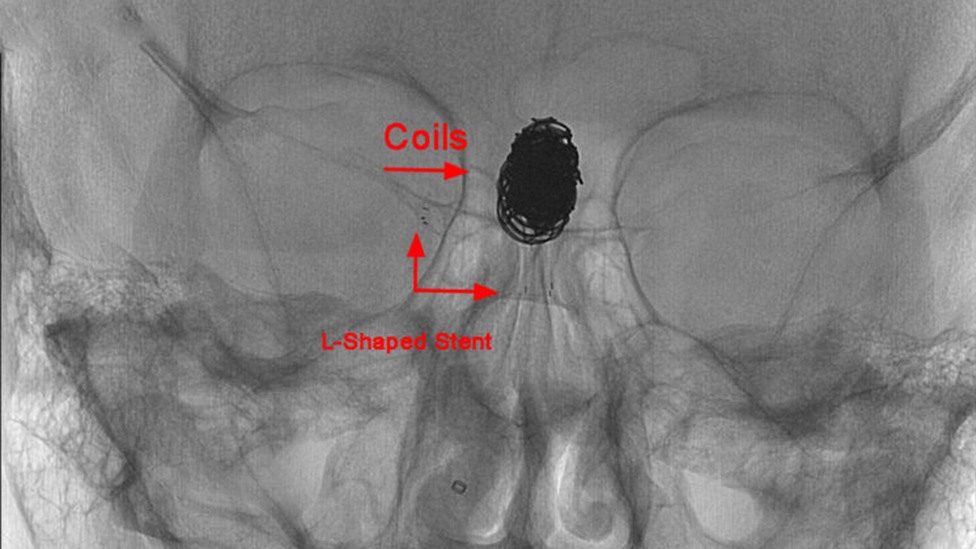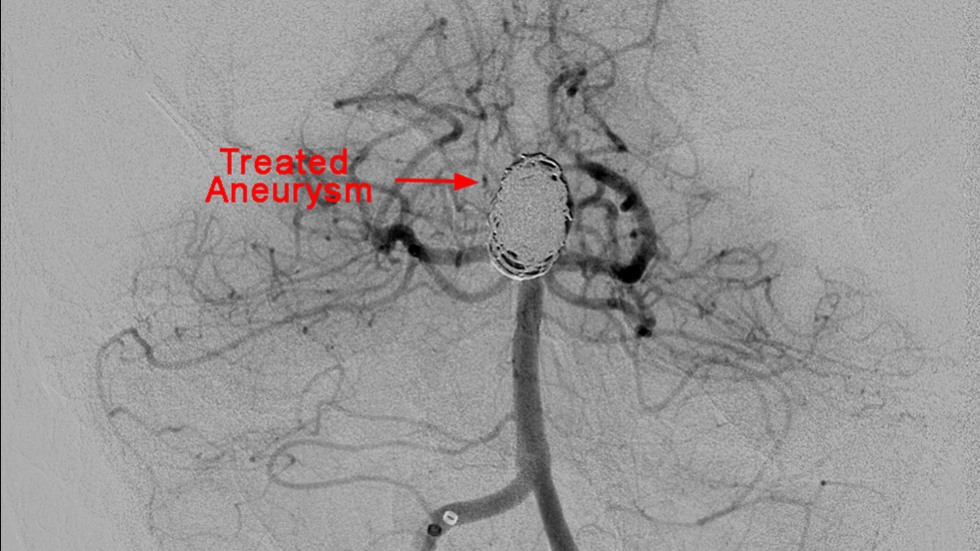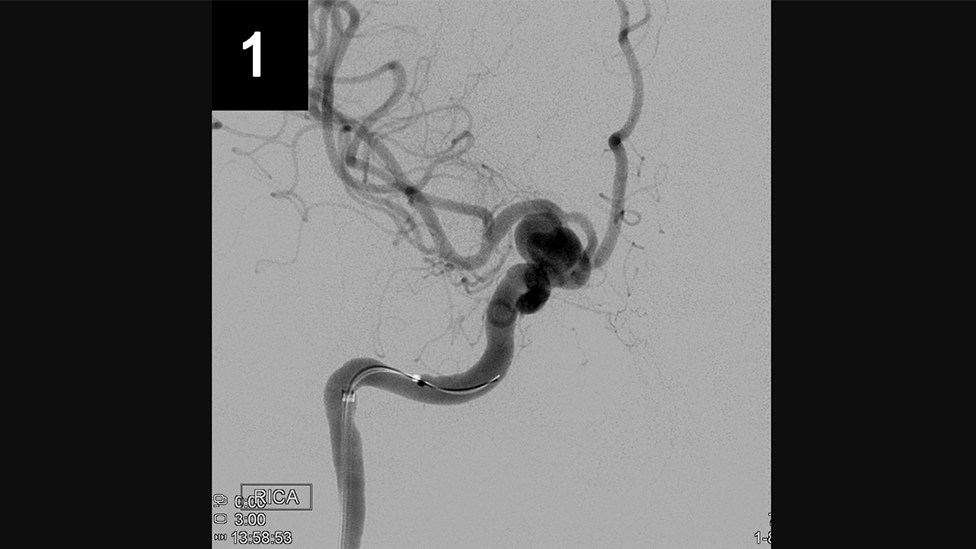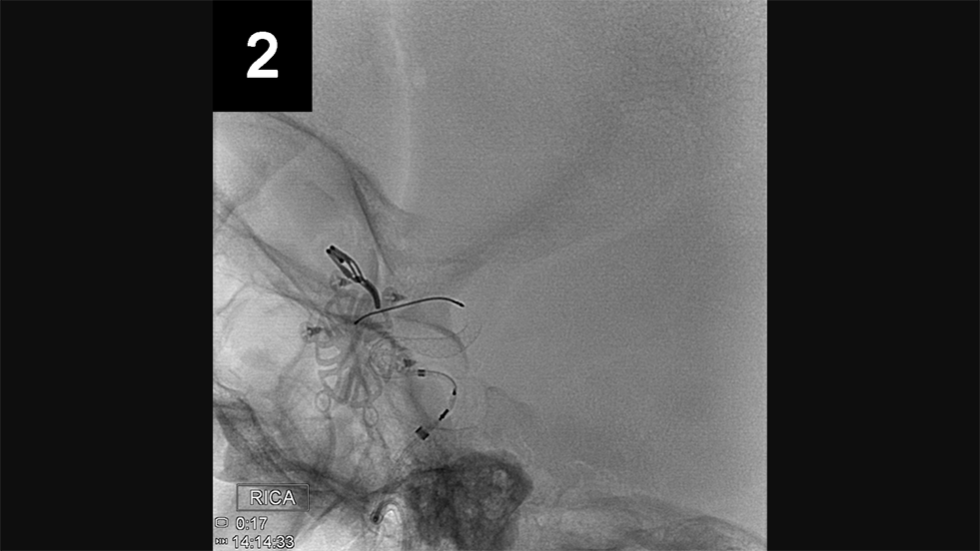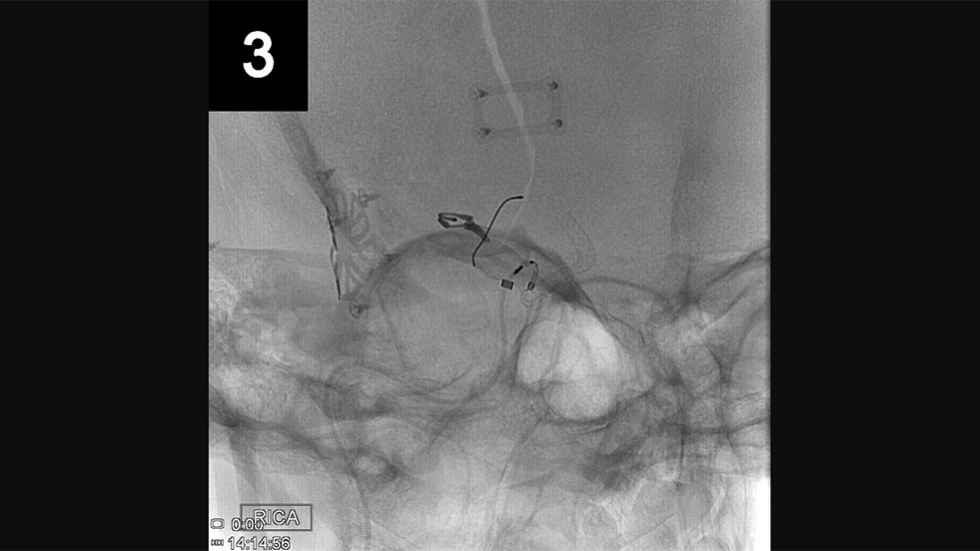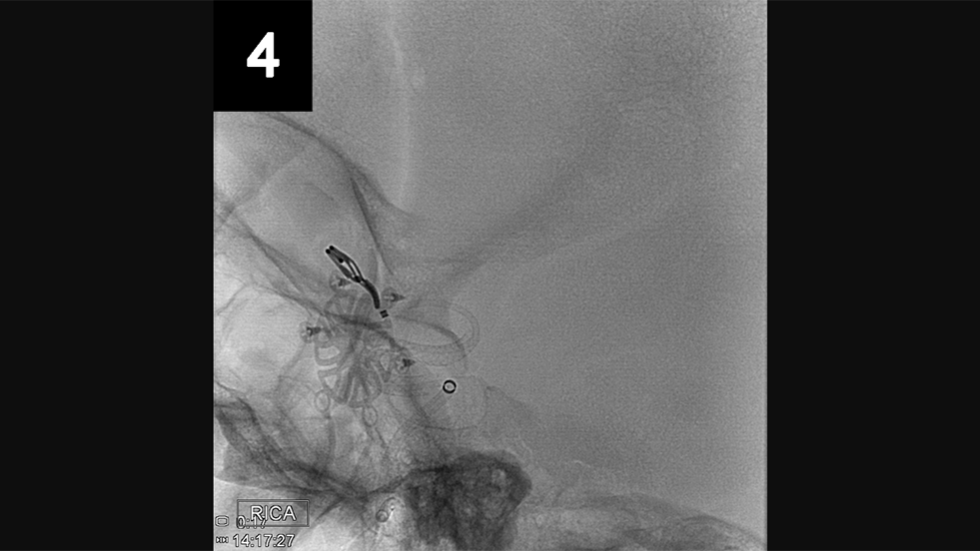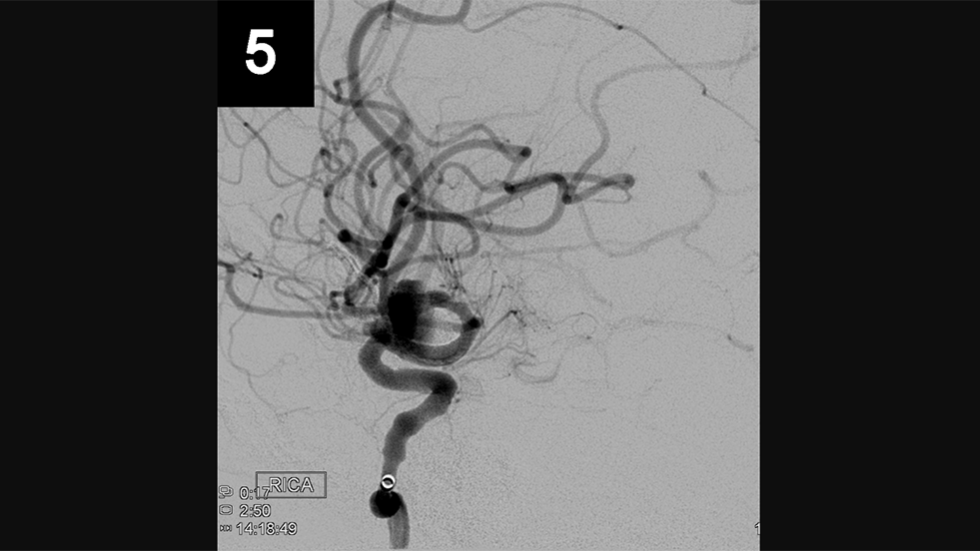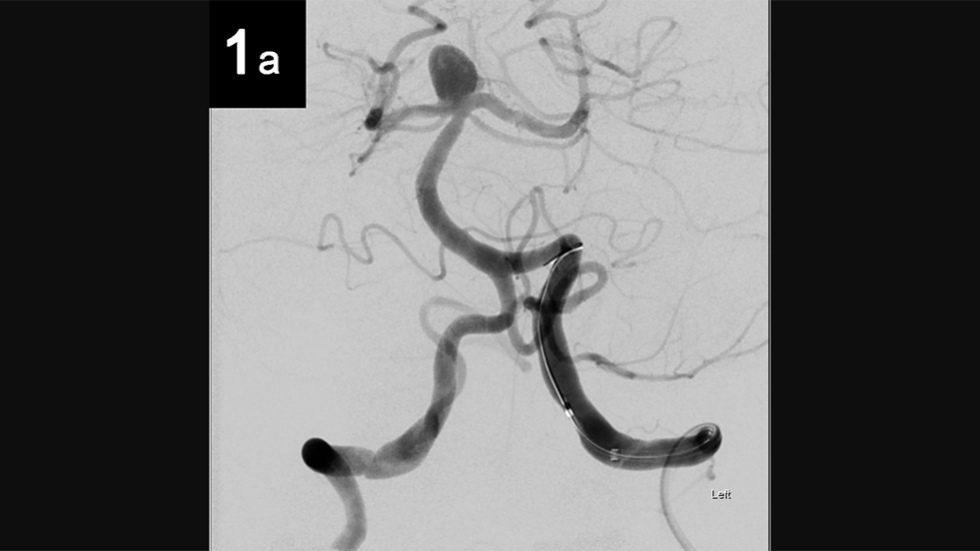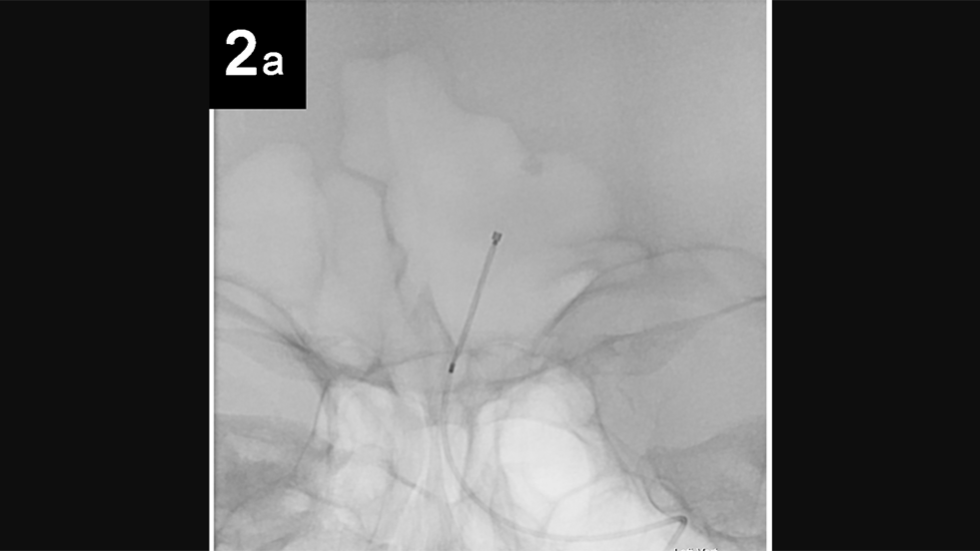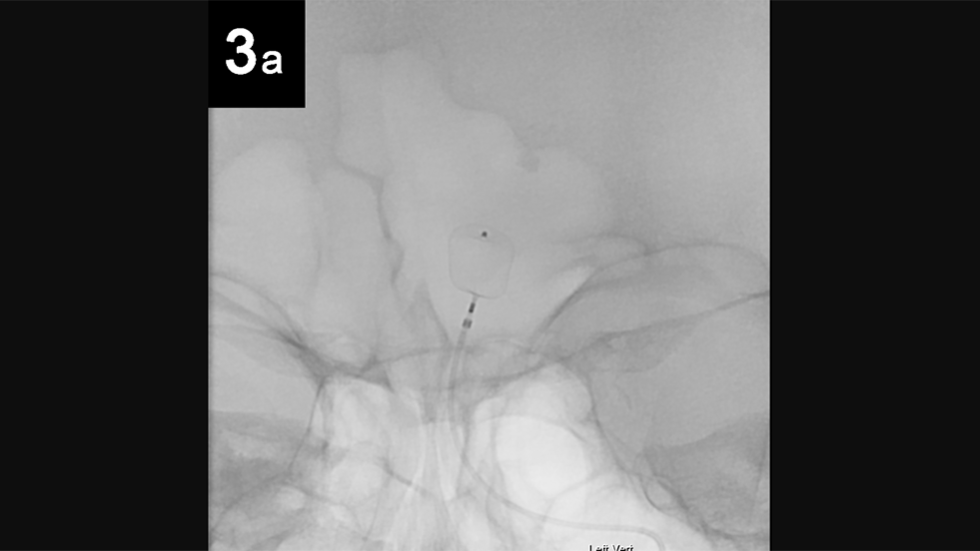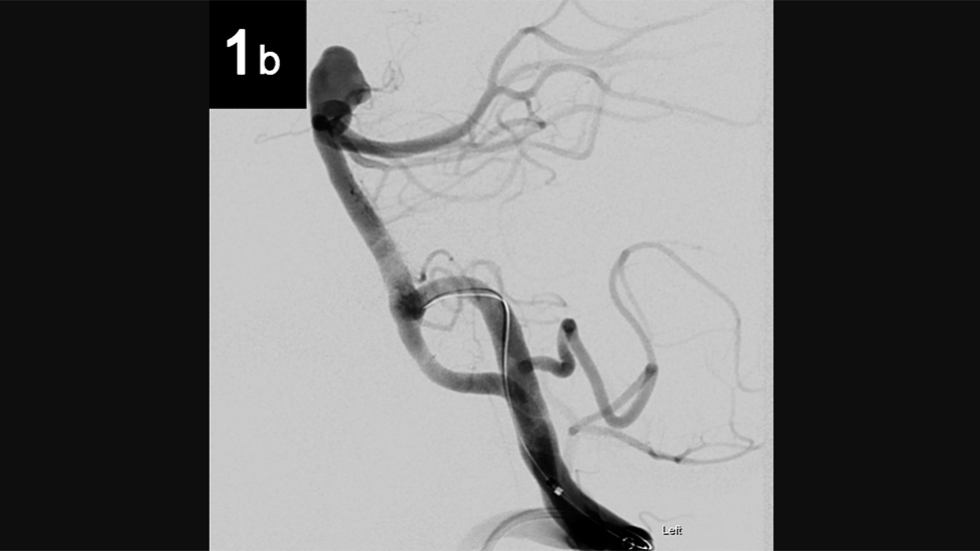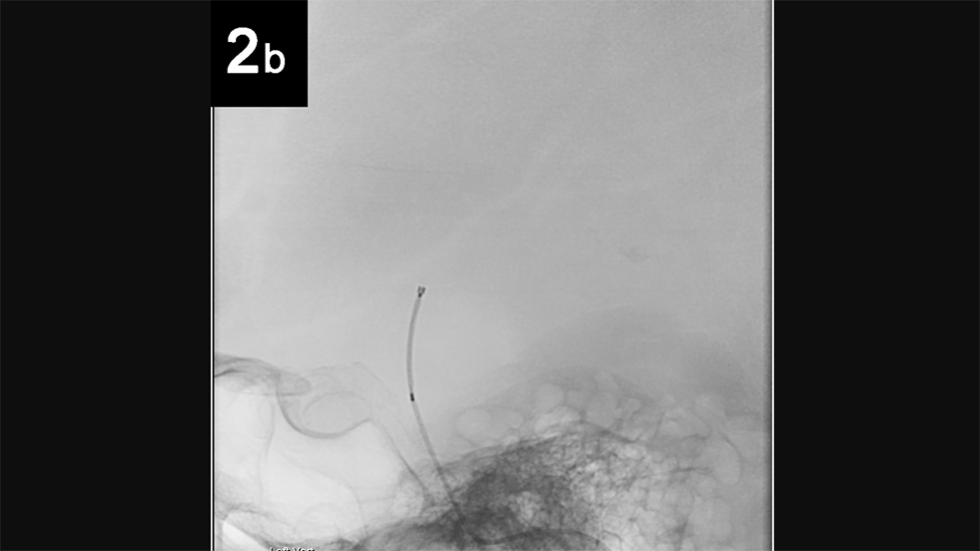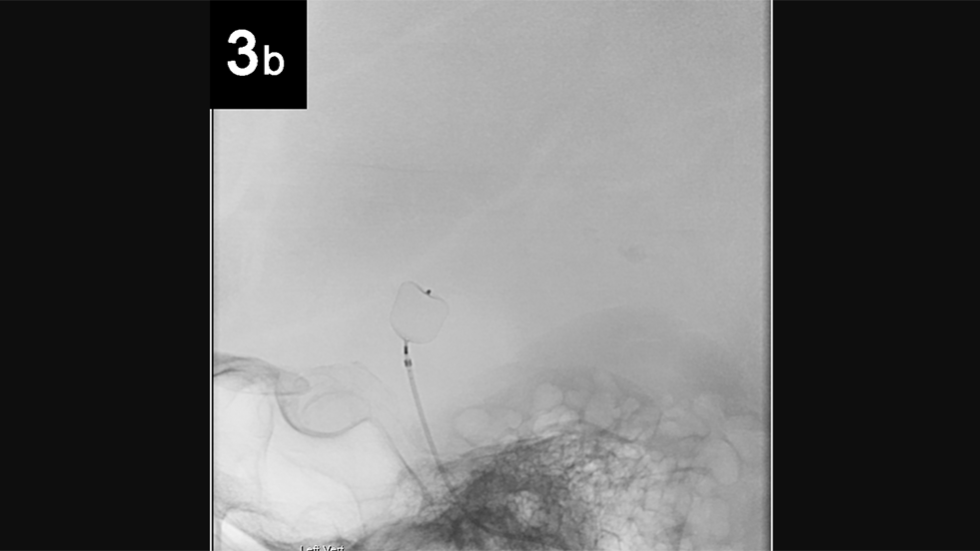Condition
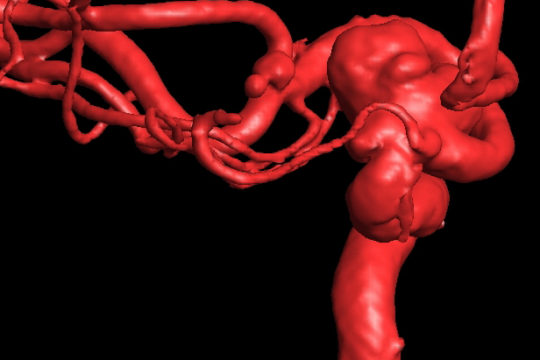 A brain aneurysm is a ballooning or bulging out of an artery where the wall is weak. A brain aneurysm may allow blood to leak into the subarachnoid space around the brain, causing damage to brain cells
A brain aneurysm is a ballooning or bulging out of an artery where the wall is weak. A brain aneurysm may allow blood to leak into the subarachnoid space around the brain, causing damage to brain cells
If the aneurysm bursts, it can cause an incredibly serious and potentially fatal condition. When aneurysms rupture in the brain, the resulting hemorrhage can cause stroke, coma, brain damage or other life threatening problems. In fact, approximately forty percent of ruptured brain aneurysms are fatal and only twenty percent of patients survive with no permanent damage. There is no clear reason why a brain aneurysm forms, but there are many things that can contribute to its development. Risk factors such as: smoking, hypertension, family history, traumatic head injury and other disorders may increase a person’s risk of developing an aneurysm. It is impossible to predict if and when a rupture of a brain aneurysm may occur.
The risk of suffering a brain aneurysm can be reduced through a series of lifestyle changes that include: not smoking, exercising regularly, eating a balanced, low fat diet, getting help for alcohol and/or drug abuse, and controlling high blood pressure. While aneurysms occur in all age groups, their incidences steadily increase for individuals over age 25, and are most frequently found among those 40 to 60 years old. In addition, women are more likely to have aneurysms than men.
Treatment options for brain aneurysms are determined by the size, shape, and location of the aneurysm in addition to the patient’s age and overall health.
Symptoms
Other symptoms may include:
• Stiff neck
• Drowsiness
• Nausea
• Vomiting
• Mental confusion
• Dizziness
• Vision problems
• Traumatic brain injury
Unfortunately, many aneurysms are discovered only after they rupture, because people with unruptured brain aneurysms often have none of these symptoms.
